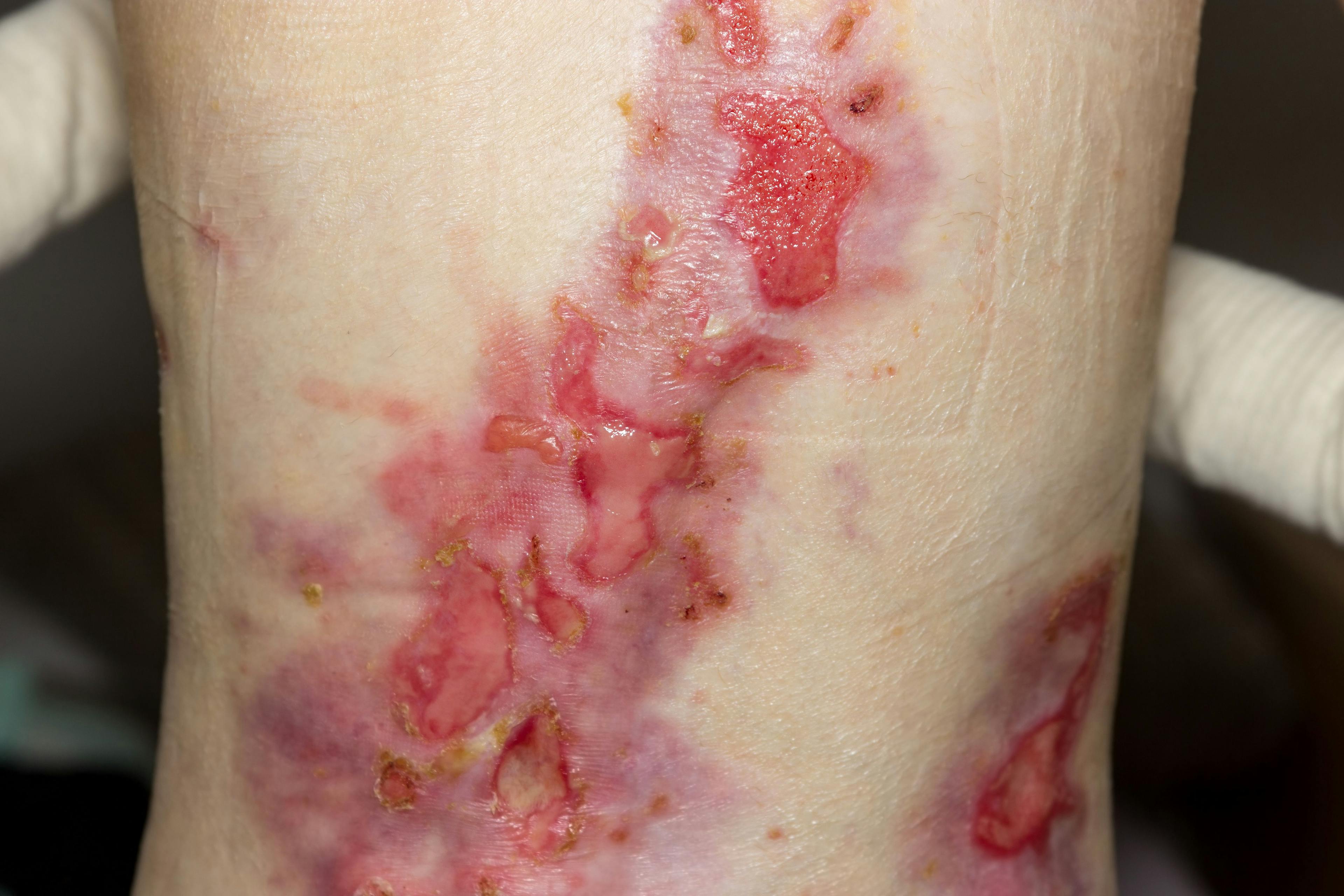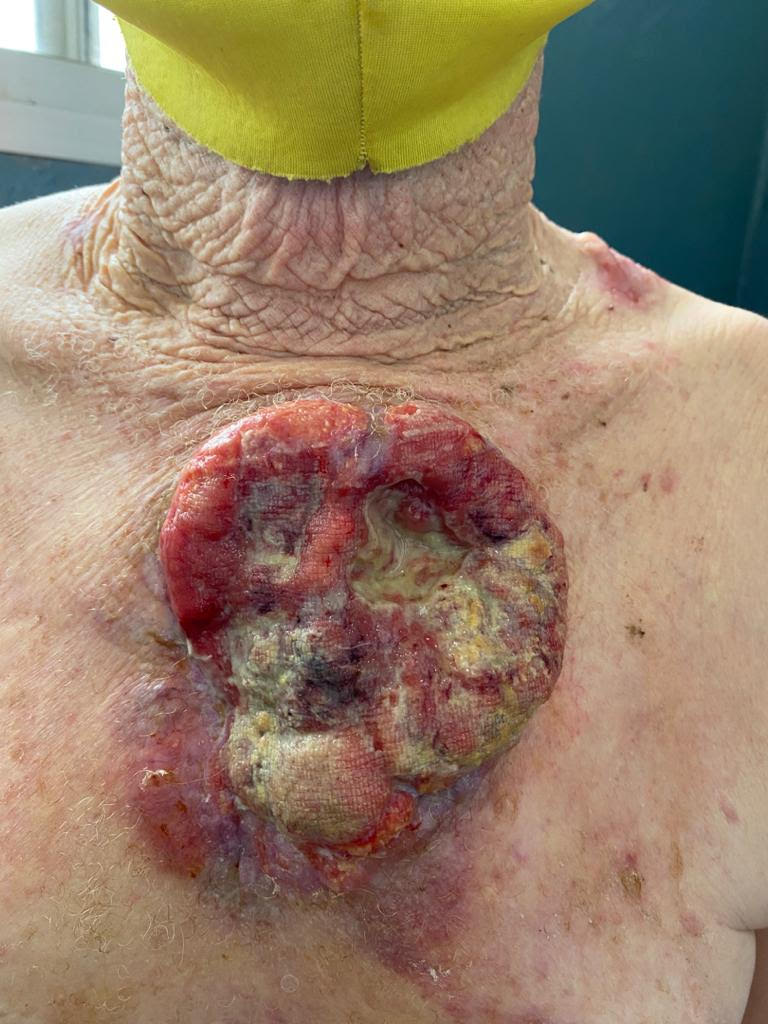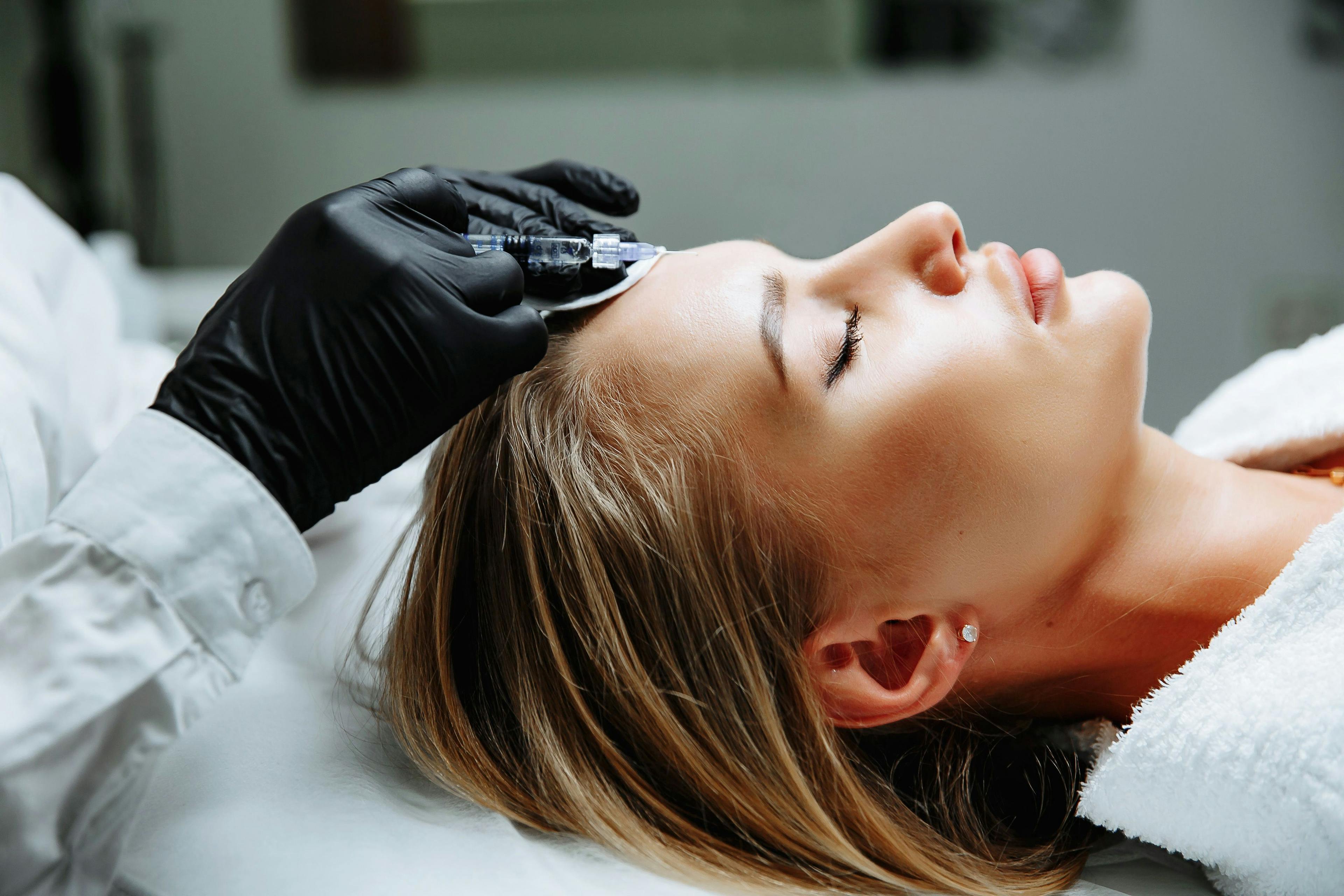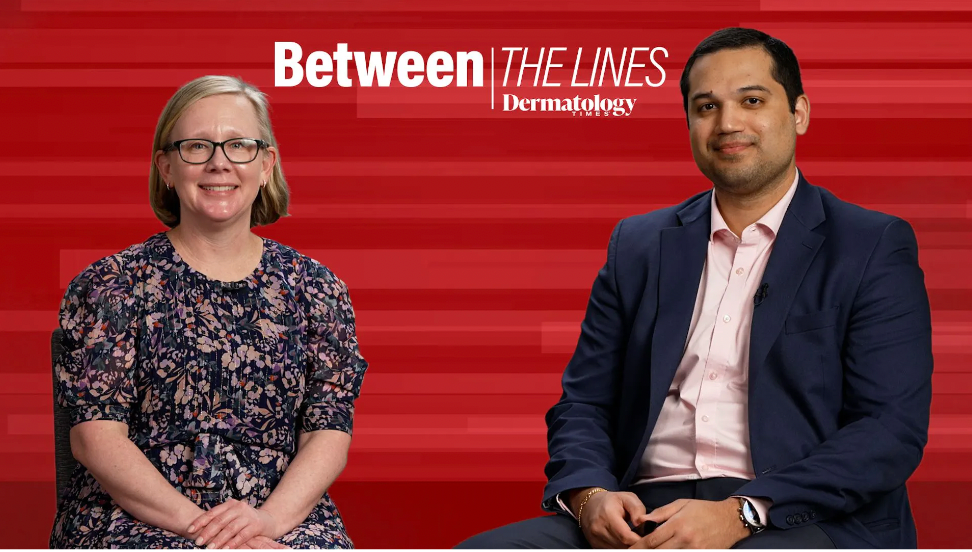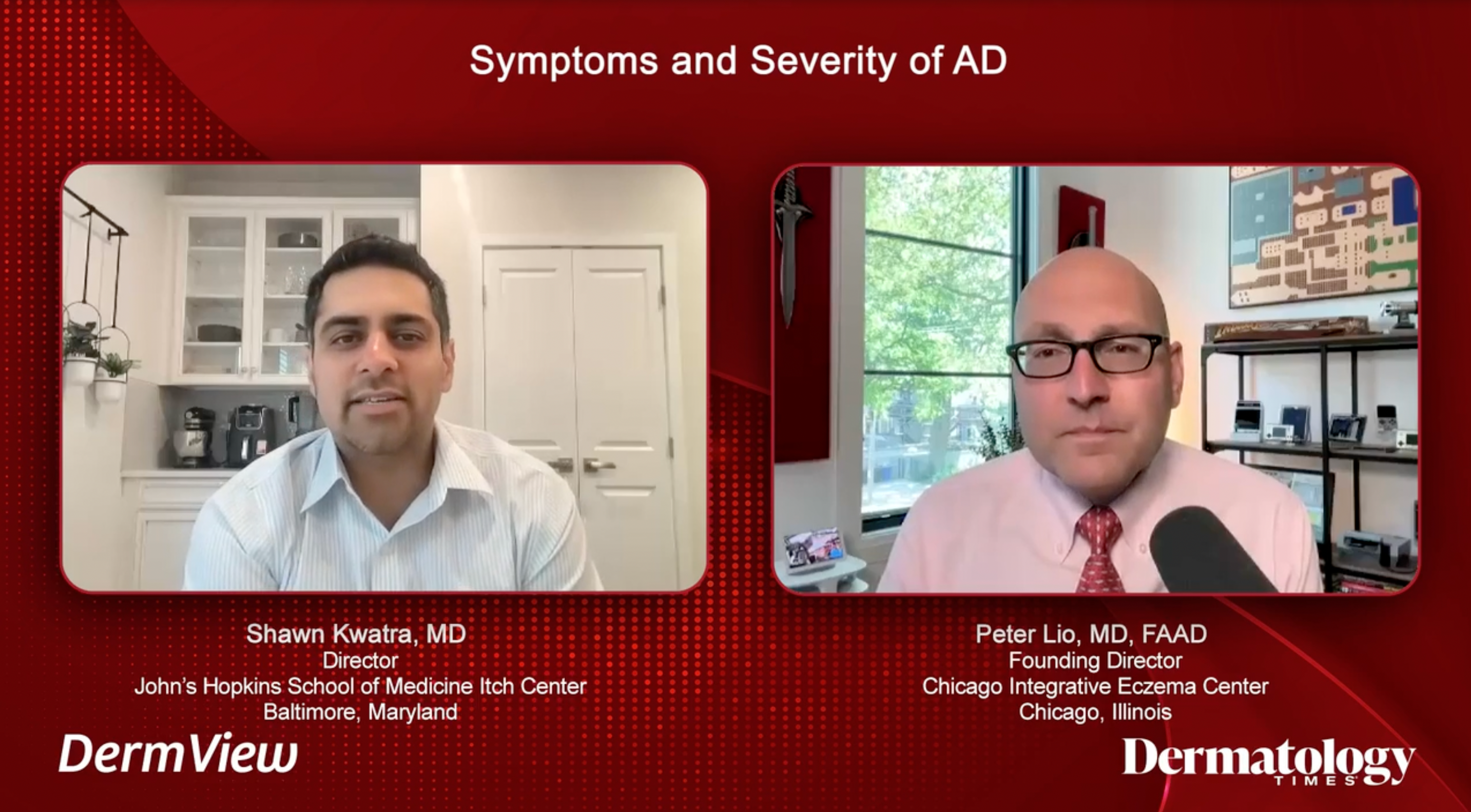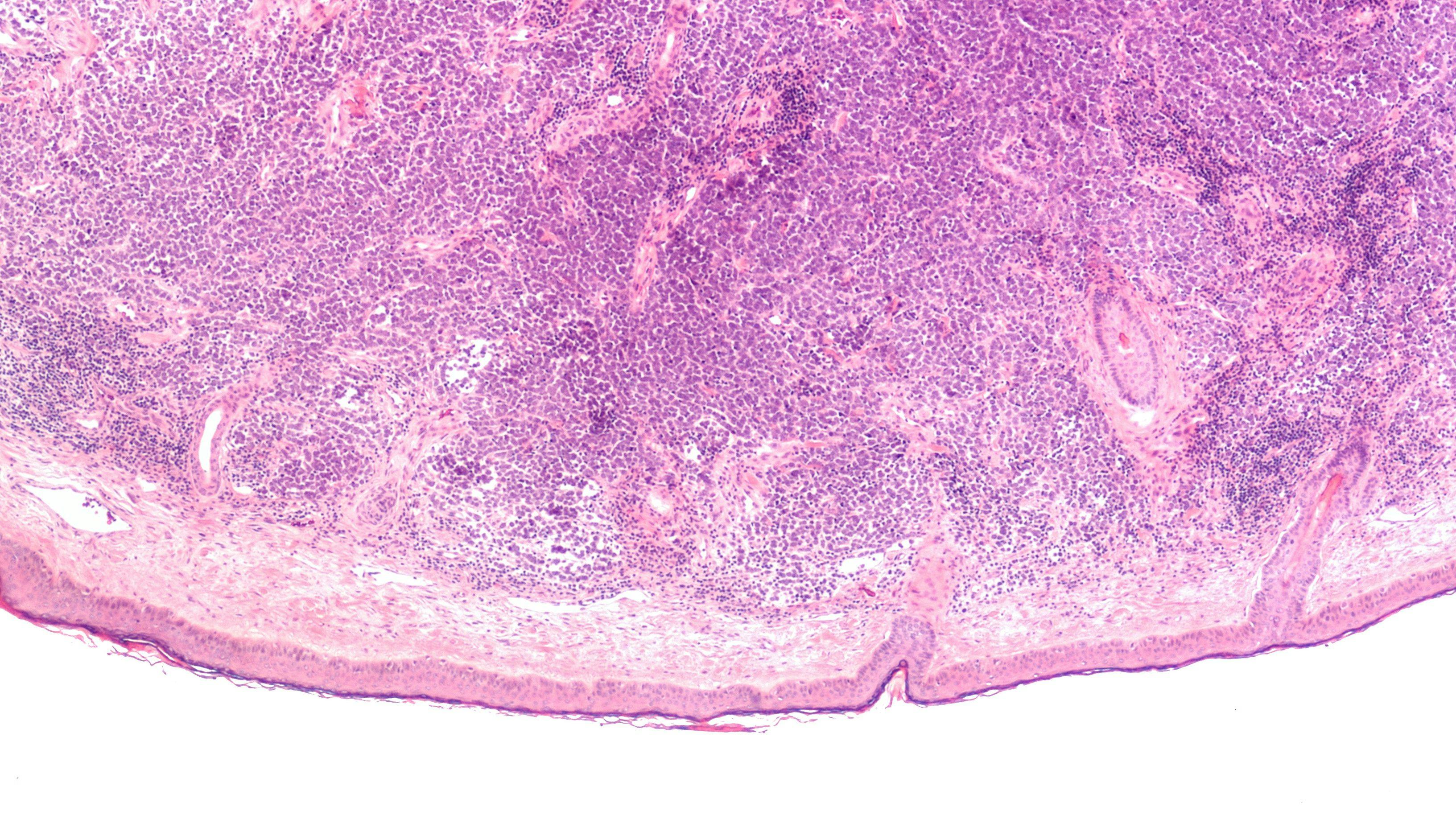- Acne
- Actinic Keratosis
- Aesthetics
- Alopecia
- Atopic Dermatitis
- Buy-and-Bill
- COVID-19
- Case-Based Roundtable
- Chronic Hand Eczema
- Chronic Spontaneous Urticaria
- Drug Watch
- Eczema
- General Dermatology
- Hidradenitis Suppurativa
- Melasma
- NP and PA
- Pediatric Dermatology
- Pigmentary Disorders
- Practice Management
- Precision Medicine and Biologics
- Prurigo Nodularis
- Psoriasis
- Psoriatic Arthritis
- Rare Disease
- Rosacea
- Skin Cancer
- Vitiligo
- Wound Care
Publication
Article
Dermatology Times
Top Tips For Optimizing Surgical Techniques to Improve Patient Outcomes
Author(s):
Roger Ceilley, MD, reviewed his best tips for ensuring the best patient outcomes after surgical procedures at the 2023 Fall Clinical Dermatology Conference for PAs and NPs.
chanawit/AdobeStock
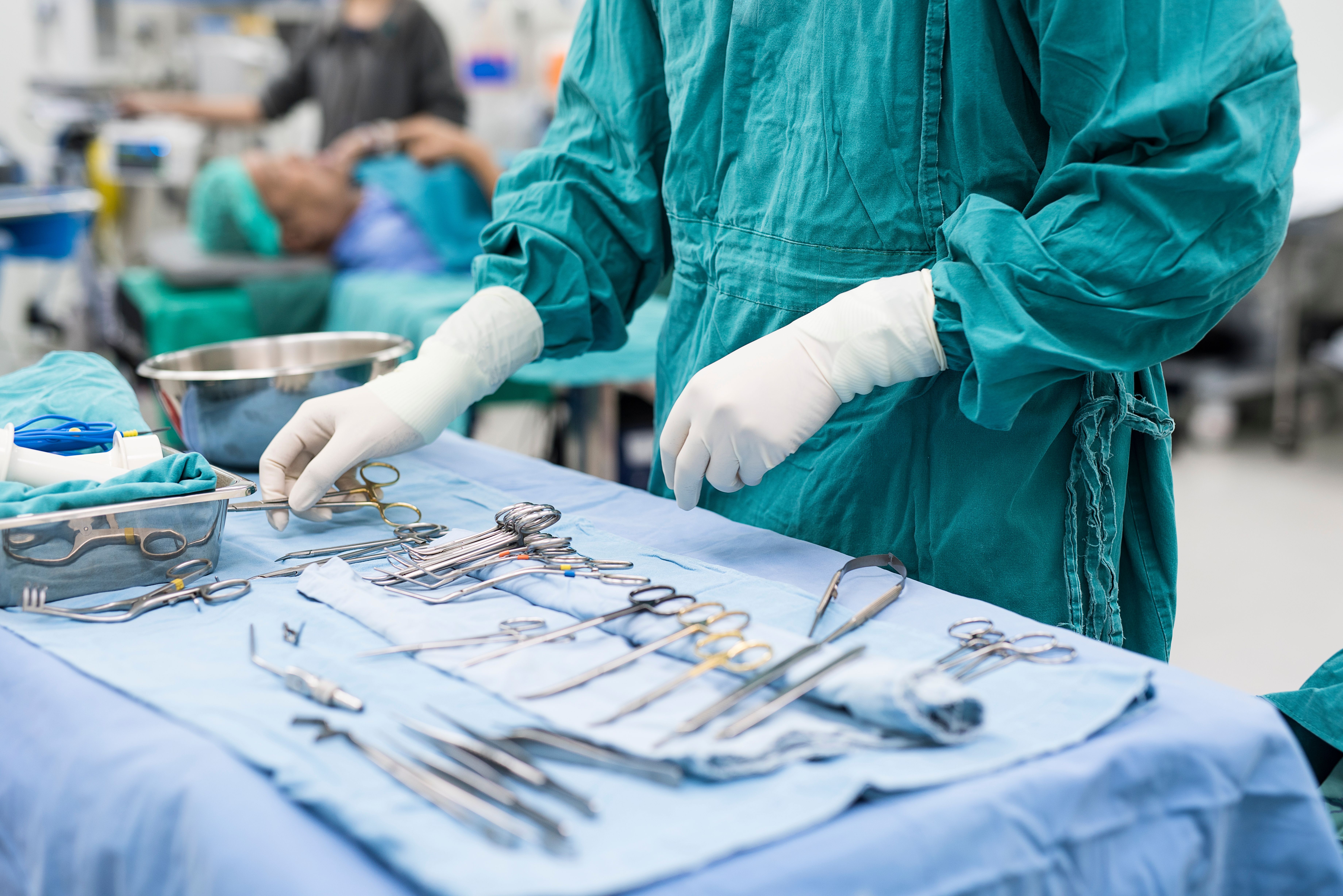
On the last day of the 2023 Fall Clinical Dermatology Conference for PAs and NPs in Orlando, Florida, Roger Ceilley, MD, FAAD, FACMS, presented “Optimizing Surgical Techniques to Improve Patient Outcomes.”1 Ceilley is a clinical professor of dermatology at the University of Iowa and has also served as the past president of the American Academy of Dermatology the American Society for Dermatologic Surgery, and is a diplomat of the American Board of Dermatology.
In his session, Ceilley reviewed his top tips for optimizing surgical techniques to improve patient outcomes and overall quality of care. Ceilley’s first tip of the afternoon was encouraging attendees to document everything. When documenting, Ceilley suggests following a pre-surgery checklist. On his recommended checklist, Ceilley included the following items to record/perform:
- Referring physician
- Who did the biopsy
- Signed consent
- Circle the surgery site with patient verification
- Verify and record pacemaker/defibrillator or other electronic implants
- Review allergies to any anesthesia/antibiotics/latex/bandages
- Check and record anticoagulants
- Record blood pressure and pulse
- Check for special health concerns
- Verify pathology report
- Photo documentation
Double-checking each of these items ensures that the provider and patient are accurately prepared for the procedures.
Ceilley’s next tip for attendees included his local anesthesia pearls. Ceilley mentioned the use of topical lidocaine, buffered, warmed, and slow subcutaneous infiltration, distracting the patients, using ice or a refrigerant, using bacteriostatic saline, and rubbing the site after infiltration. Ceilley also provided local anesthesia alternatives, which include diphenhydramine and bacteriostatic saline. No matter what the procedure is, providers sure ensure that their surgical tray table is arranged in standard fashion with all sharps managed to avoid confusion before, during, or after anesthesia and the procedure.
Another recommended surgical technique from Ceilley is utilizing sutureless closures. Alternative options to suturing include staples, steri-strips/paper tape, liquid band-aid, and Krazy glue (if necessary). Ceilley noted that tapes and glues are best for closing low-tension wounds. Regarding staples, they can rapidly close a wound and are relatively easy to apply. Surgical staples are non-reactive, but they are notably more painful for the patients during recovery than sutures and are also more painful to remove compared to sutures.
If tissue glues are necessary, Ceilley recommended to attendees:
- Derma+Flex QS
- SurgiSeal
- Octylseal
- FloraSeal
- Dermabond
- Surgi-Lock
- Nexaband
Additionally, Ceilley’s take home points for wound closing include:
- Design the excision properly
- Undermine widely and evenly
- If minimal tension is present, close simply
- Use buried sutures to relieve tension
- Staples are best for the scalp
- Surgical glue is probably equal to sutures, but only when there is no tension
Ceilley concluded his afternoon session by remining attendees that paying close attention to details is the most important factor in any surgical/dermatologic procedure.
Reference
- Ceilley R. Optimizing surgical techniques to improve patient outcomes. Presented at the 2023 Fall Clinical Dermatology Conference for PAs and NPs; June 9-11, 2023; Orlando, FL.
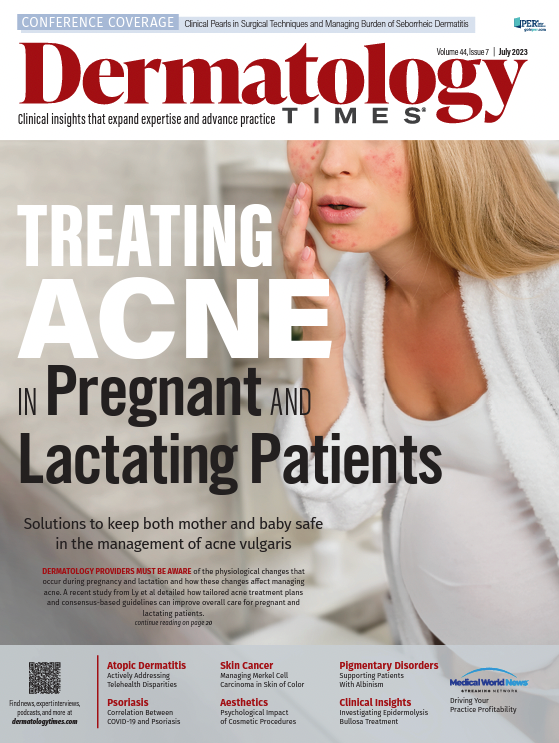
Newsletter
Like what you’re reading? Subscribe to Dermatology Times for weekly updates on therapies, innovations, and real-world practice tips.




